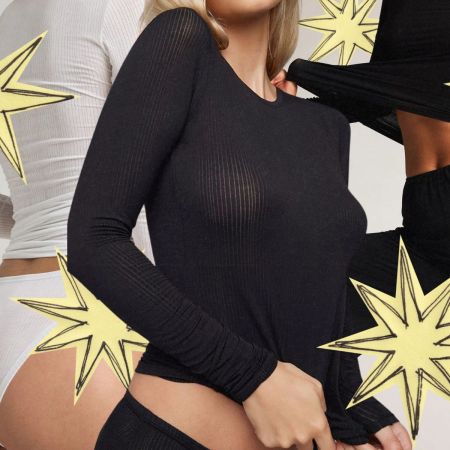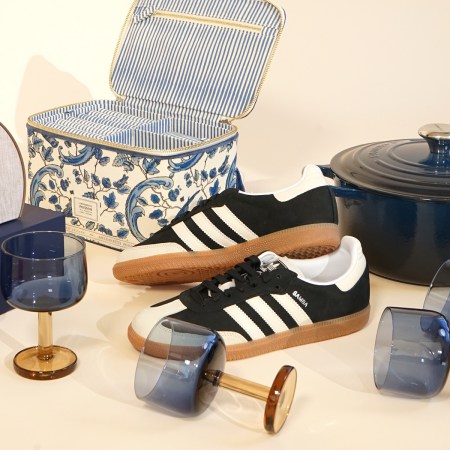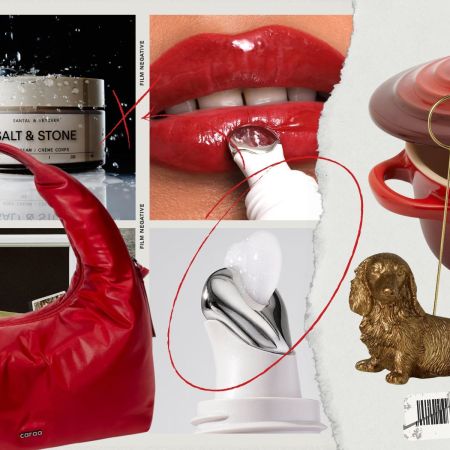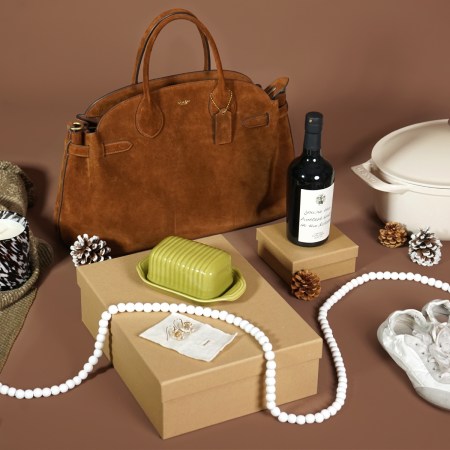Emily Ratajkowski posed for Harper’s Bazaar astride a white horse this week. Yes, she was nude.
So what?
In the accompanying interview with activist, feminist, writer and former Bill Clinton advisor Naomi Wolf, we learned some things worth retelling. Among them, the fact that Ms. Ratajkowski had read Naomi Wolf’s book before sitting down for the interview. Also, that she wrote a heartfelt essay earlier this year, “Baby Woman,” that you should read immediately after finishing this.
But above all, we learned that she has some very progressive, nuanced and important opinions about what it means — to her and to us, her captive and mostly male audience — when she bares all for a photo.
Her body developed young and she was made to feel ashamed for that
Ratajkowski was a D-cup at age 12, the same age at which she was still asking her mom to sleep with her. “Once I had a teacher, who was a woman, snap my bra because she was mad that it was showing,” she tells Wolf. “She did it in front of the class.”
She doesn’t always wear a bra
She invokes Wolf’s book, the Beauty Myth, saying, “When you talk about this ideal world where women could dress sexually casually and it wouldn’t even be something that anyone would notice. For me, that’s something I’ve lived by.”
We don’t get to define female sexuality — women do
“The world should not be exclusive of the ideal body. It has to include all ideals, all bodies,” she says. “The whole idea … that when Kim (Kardashian) takes a nude selfie, she’s just seeking attention. That’s not the issue. A woman can be seeking attention and also make a statement. They don’t need to be mutually exclusive.”
Stop judging women for how they choose to represent their bodies
“Sex is normal. Desire is normal. Attention is normal, and that’s okay.” In her essay, she references John Updike’s short story, “A and P”, noting that the young girl felt shame for wearing a bikini. “I think of mothers trying to explain to their daughters that while it wasn’t their fault, they should cover up next time.”
Social media is a vital tool in changing attitudes about female sexuality
“Social media is something women didn’t have 10 years ago, and that’s a big aspect in feminism today.” There is no photographer. No stylist. No editor deciding what gets published and what gets left on the cutting room floor. “I don’t have to be filtered by anyone. I choose.”
Images: Mona Kuhn
This article appeared in an InsideHook newsletter. Sign up for free to get more on travel, wellness, style, drinking, and culture.
























